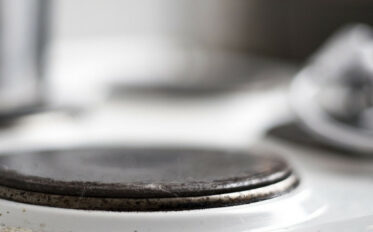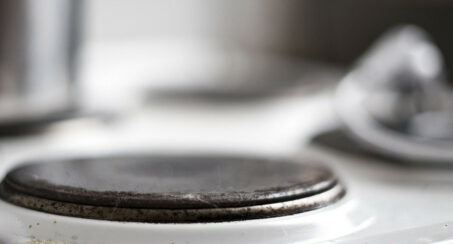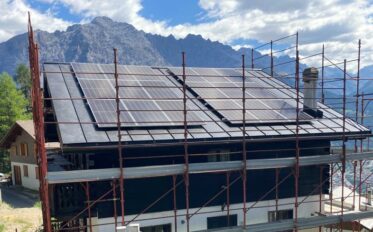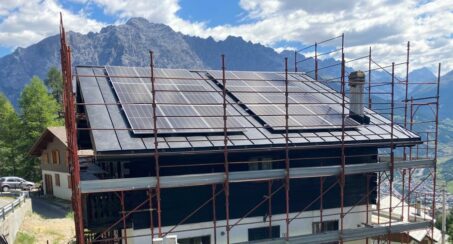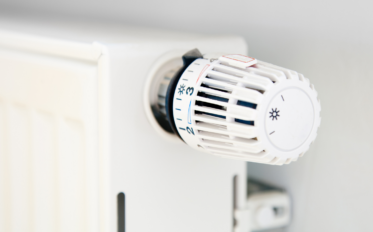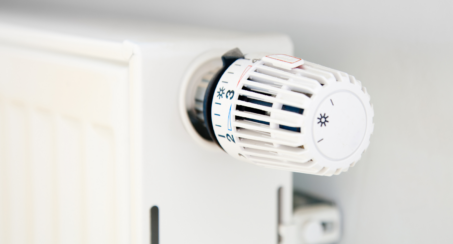Fridges, TVs and other appliances have been getting much more efficient in recent decades. This is radically cutting energy bills, resulting in savings for both consumers and manufacturers. Across the world, that also means less strain on national power grids and a lowering of the threat of climate change.
In Europe, this revolution is happening thanks to two smart EU policies getting products to do the same job while using less energy and other resources: The Ecodesign Directive and the Energy Labelling Regulation. Every year, these policies help save the equivalent of Italy’s annual energy consumption.
But there is much more that they can do to help us reduce our carbon footprint. Take heaters, for example: alone, they emit as much greenhouse gases as all European cars.
Scroll down to learn more about the policies that make this change possible, their vast potential, and the challenges ahead.
SMART POLICIES
A tag team of European directives is transforming a score of domestic, commercial and industrial product groups sold in the European Union. The Ecodesign Directive gradually removes from the market the least efficient products by setting standards that demand a certain level of performance. Meanwhile, the Energy Labelling Directive pulls consumers towards the best products by giving them an impartial A to G ranking. Consumers make better buying choices and manufacturers are rewarded for innovation.

The push-pull of EU regulations is transforming both product efficiency and our energy bills.
Where ambitious, these policies work. But powerful industrial lobbies have weakened standards and slowed the process. Poor enforcement is an issue too, with free-rider firms denying Europeans savings worth an estimated €10 billion a year. There are loopholes and weird standards to contend with, and the label has aged badly, with fewer and fewer consumers buying efficient models.
ECODESIGN 101
Mad meddling from Brussels or plain common sense?
The Ecodesign Directive raises the efficiency bar, forcing new products to do the same thing with less energy and removing outdated and inefficient technology from the market. Consumer associations say products are getting better as a result. Vacuum cleaners for example are not only wasting less energy – they are also make considerably less noise!
Ecodesign is also seen as a great way to increase repairability, recyclability and reduce toxicity of products, with 80% of the environmental impacts of products being determined at design stage. In 2019, the European Commission announced the first-ever set of requirements aimed at making several products such as washing machines and TVs easier to repair. A year later, the ‘Right to Repair” the things we own was enshrined in the European Green Deal.
Ecodesign rules have strict criteria to ensure the gains will be real, and that businesses and product prices are not unduly impacted. The British are not known for their love of Europe or ‘red tape’, but their government found that for every £1 spent creating and enforcing these particular EU rules, consumers and businesses save £3.8 through lower energy bills.
For a product-by-product overview of Ecodesign standards and how they are evolving, see our products page.
ENERGY LABEL 101
Europe’s colourful A-G energy label is almost as well-known as the Euro or the Union flag. Recent research found shoppers value its impartial advice and will pay a premium for better products, factors that strongly motivate firms to improve their products and pull the market in the right direction.
Consumers are starstruck by the label’s colourful A-G efficiency ranking, even though it’s not perfect. The energy efficiency of different product groups has evolved at different speeds, and often faster than anticipated, meaning that some products may benefit from higher ratings without much justification. On top of that, the formula and tests behind a label ranking sometimes do not reflect real-world usage. This means some products consume more energy in the real life than expected according to the label.
Creating a perfect label scheme that doesn’t cost a fortune to administer is a challenge. But the digital, mobile age promises more customised and also non-energy information, including product life expectancy, reparability and toxicity. Coolproducts is campaigning for many such improvements.
For a product-by-product view of energy labelling, see our products page.
MAMMOTH SAVINGS
We are already benefiting from mammoth energy savings thanks to existing EU product standards. The average product can now do the same job using around one fifth less energy, which means every home in Europe can save hundreds of euros worth of energy bills a year.
Research by the European Commission estimates that by 2030 Ecodesign and Energy Labelling can result in:
- Energy savings of 16% of the EU’s total energy consumption;
- A reduction of 11% in the EU’s total carbon emissions;
- Monetary savings of around 1% of the EU’s current GDP.
In a soundbite, the policy has helped deliver half of Europe’s energy savings target and a quarter of its carbon reduction target for 2020. There is enormous potential for the policy to be one of the major tools to achieve our objectives of energy savings and emission reductions.
BARRIERS TO MORE SAVINGS
To begin with, the decision-making process in this area is too slow. It takes on average five years to set a regulation for a product group, and up to an additional three years before it enters into force. Throughout this lengthy process the agreed requirements risk becoming no longer relevant as a result of fast-changing technology and market developments. EU consumers also lose out on major saving opportunities along the way.Recently, a report by the European Court of Auditors, showed that the effectiveness of these policies ‘was reduced by significant delays in the regulatory process and non-compliance by manufacturers and retailers’.
Politics is also an issue, with the Eurosceptic press having a field day attacking EU standards every time they are approved. Driven by politics more than any serious criticism, there are numerous reasons to ignore the hyperbole. But the attacks have had a disproportionate chilling effect on the European Commission and are partly to blame for the delays in the adoption of many measures.
The law is one thing, enforcement is another. It is estimated that 10% of the expected savings are lost due to non-compliant products and poor market surveillance.This is a result of poor coordination and lack of resources among national authorities in charge of surveillance operations and EU institutions. Businesses, market experts and civil society have called for better surveillance and coordination between national and EU authorities to ensure all manufacturers comply with the rules.


